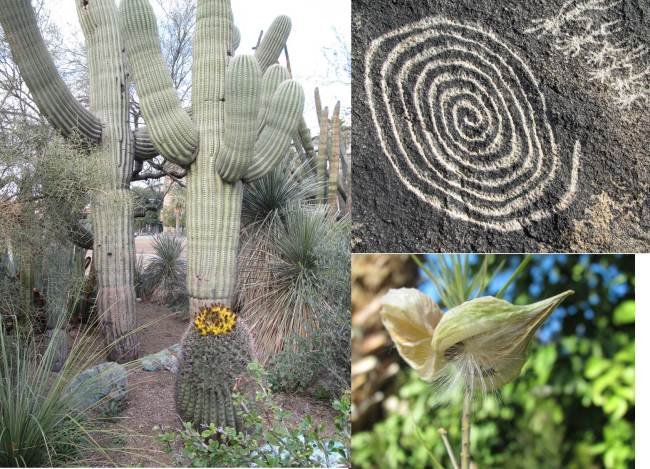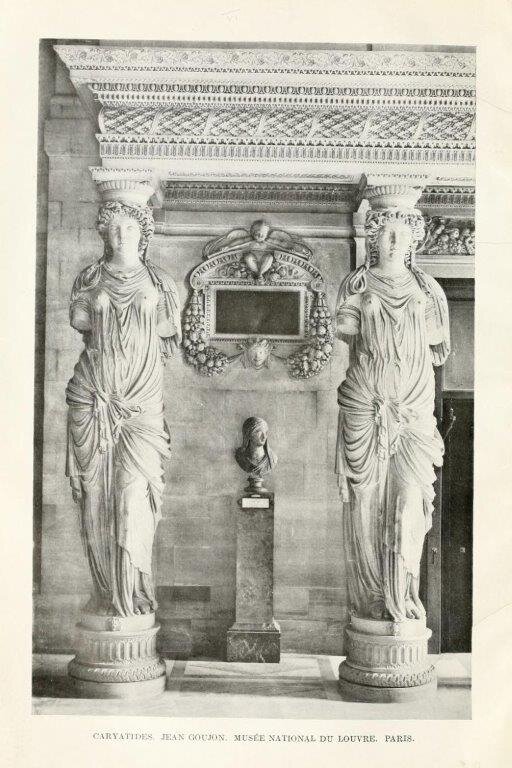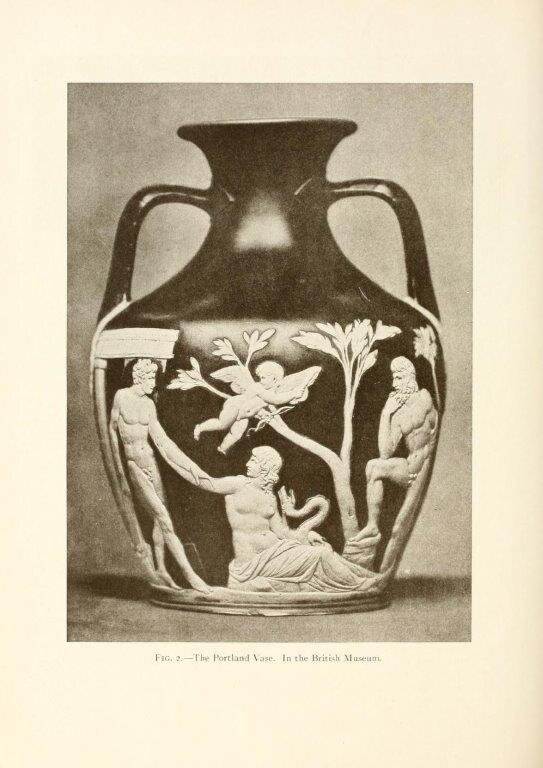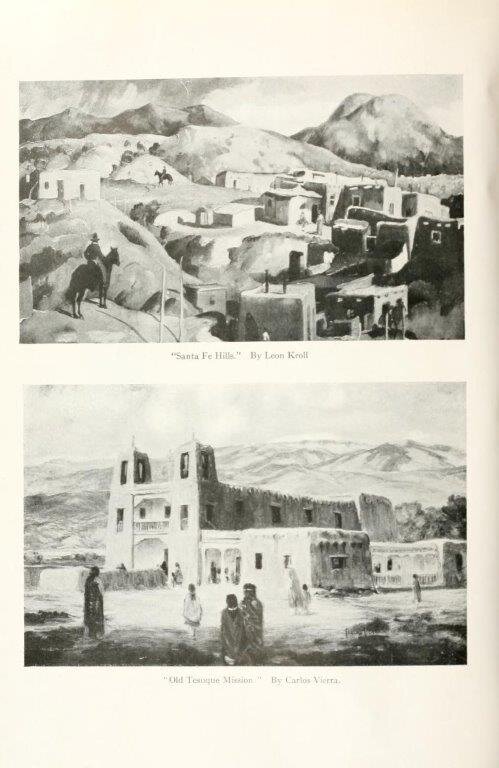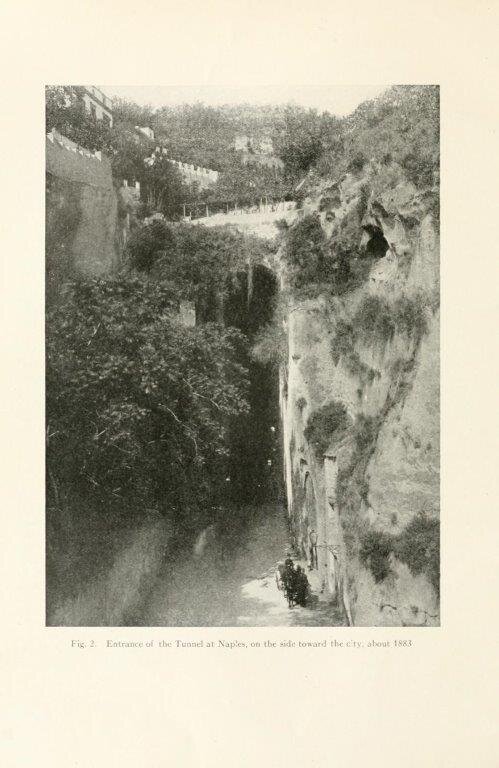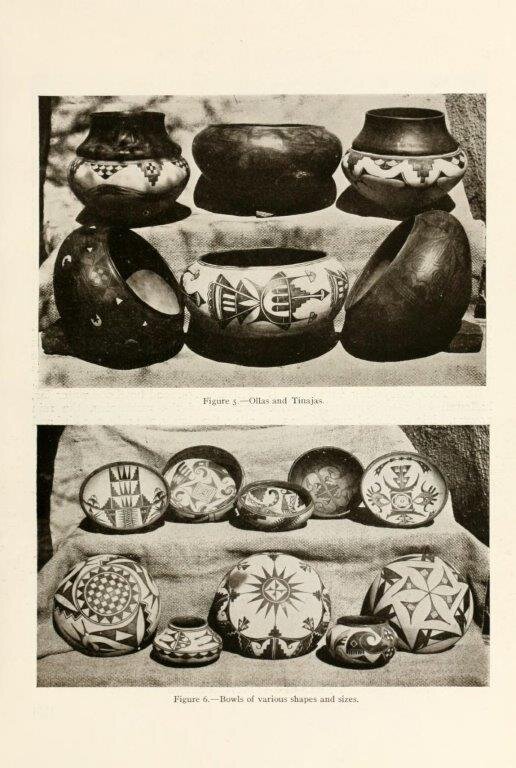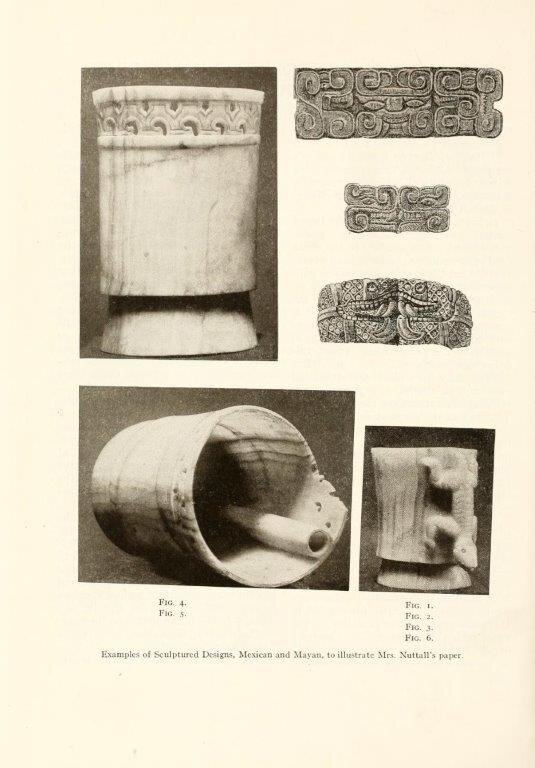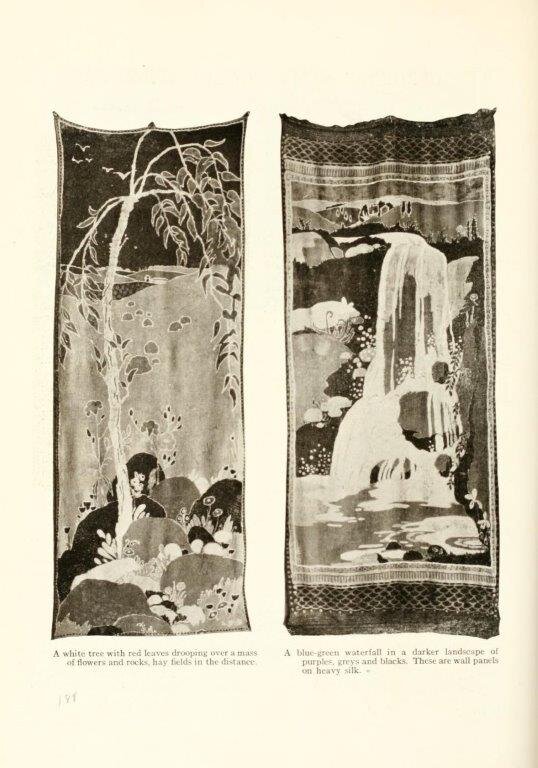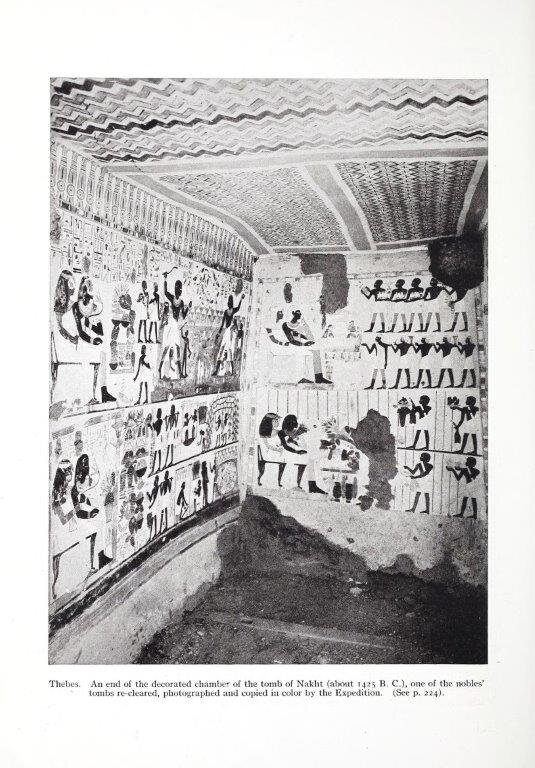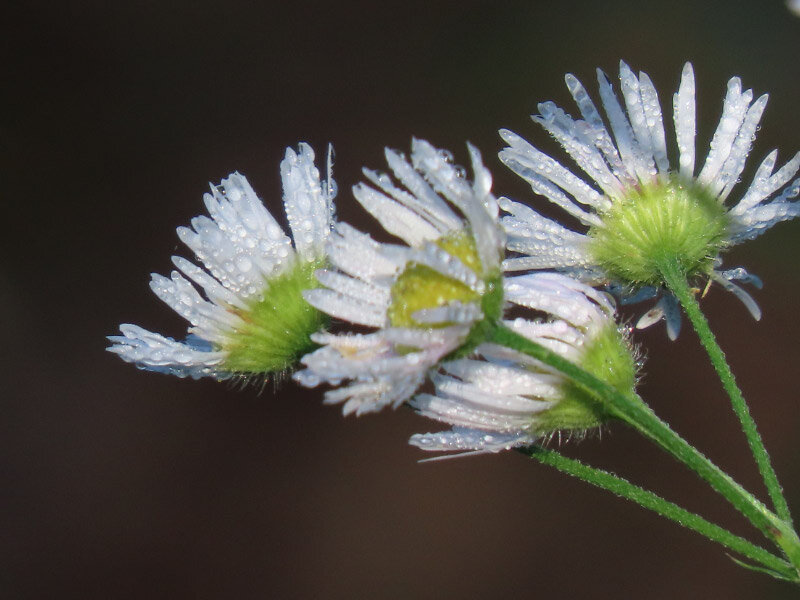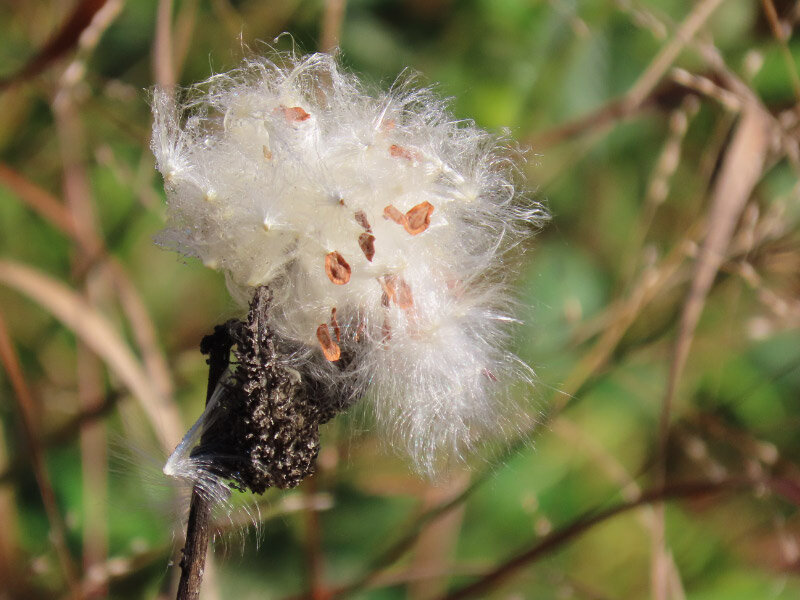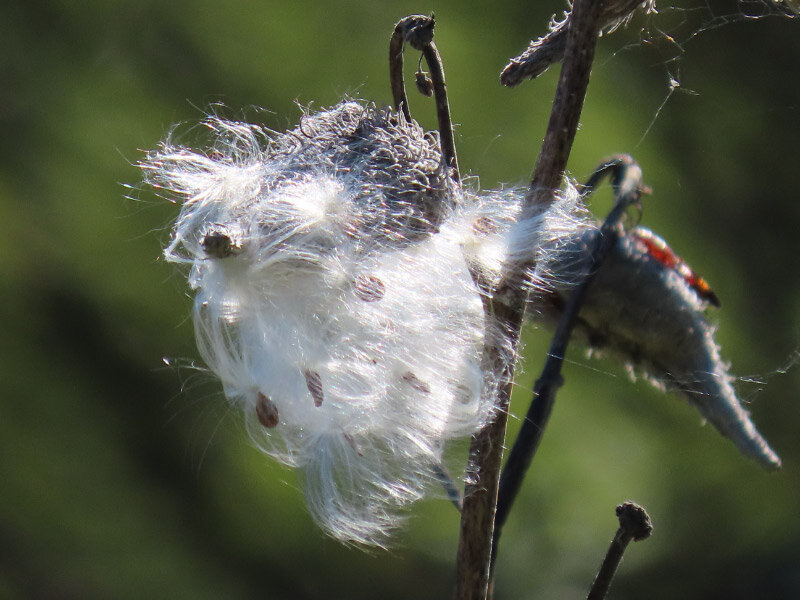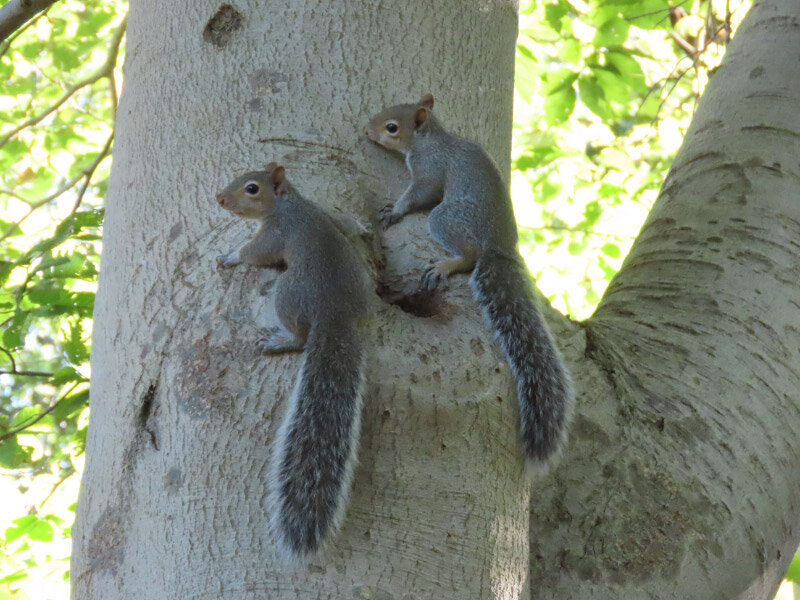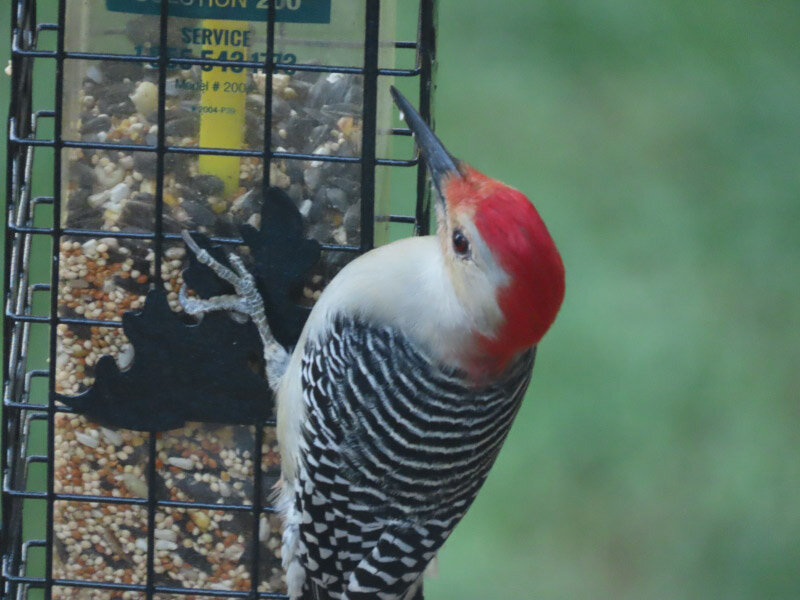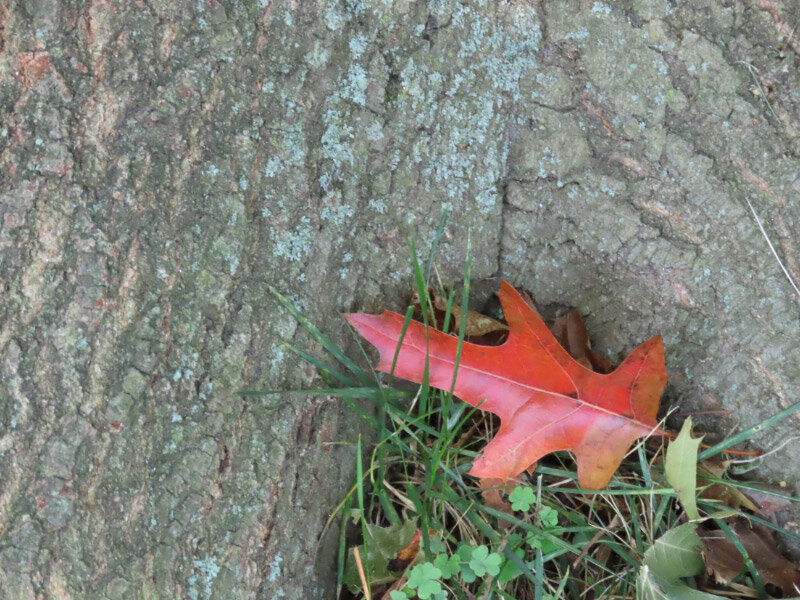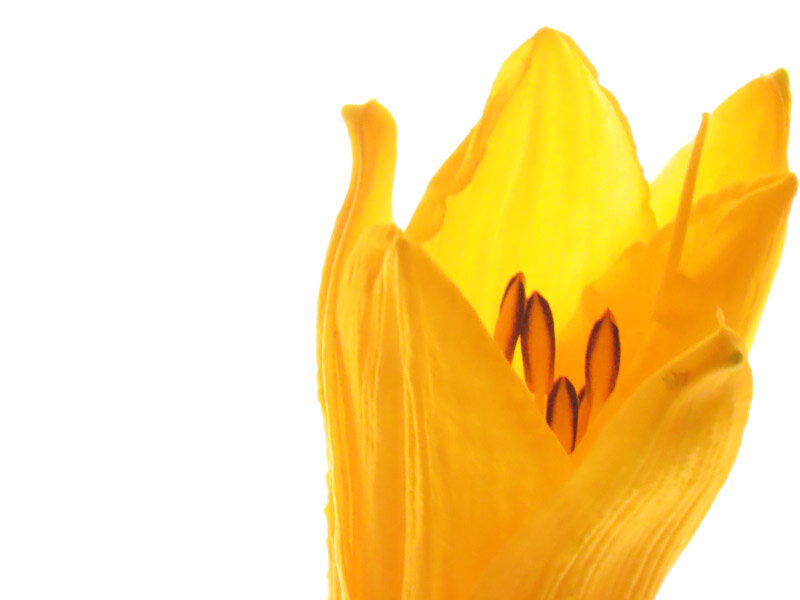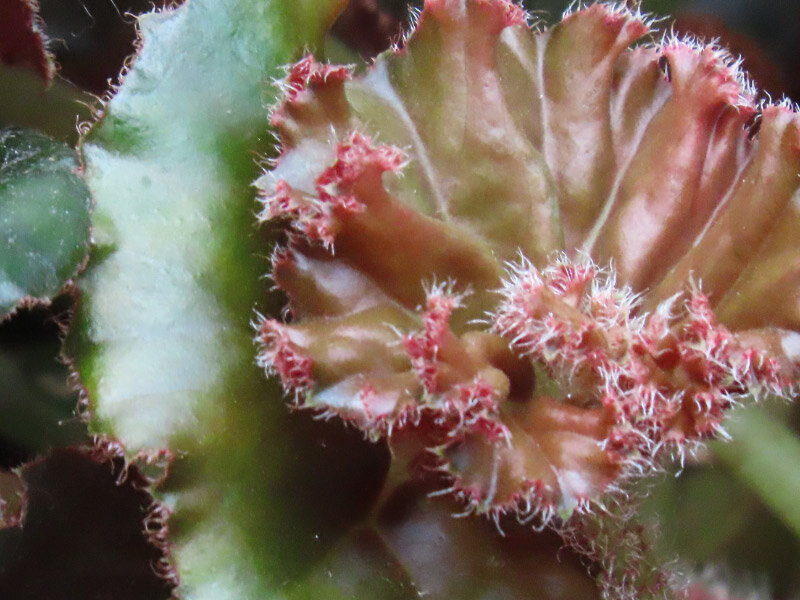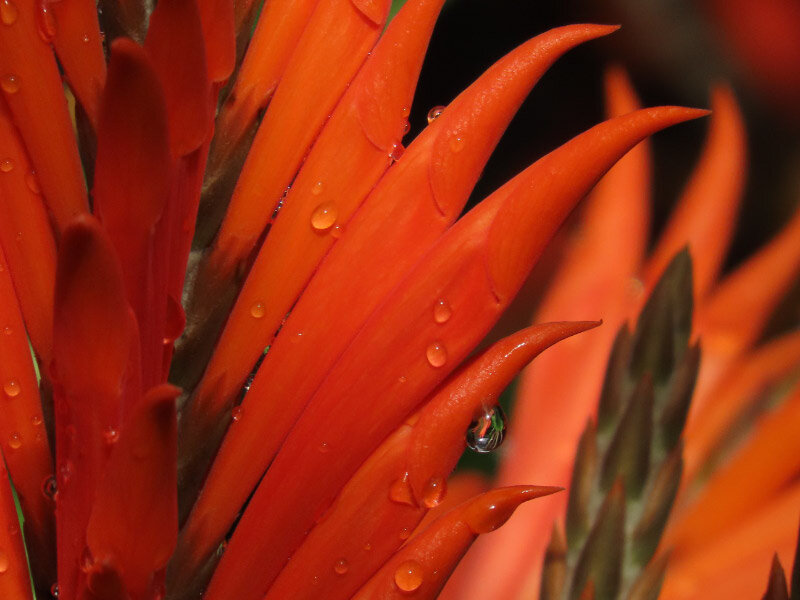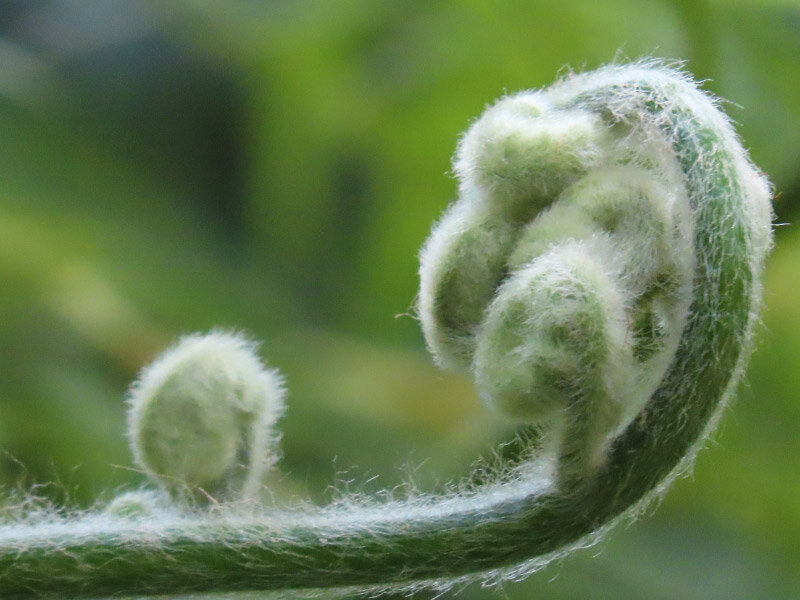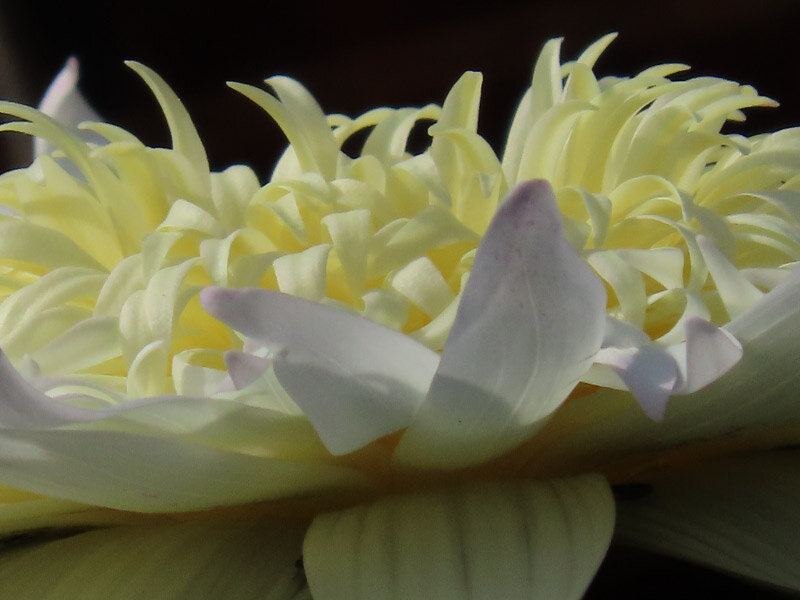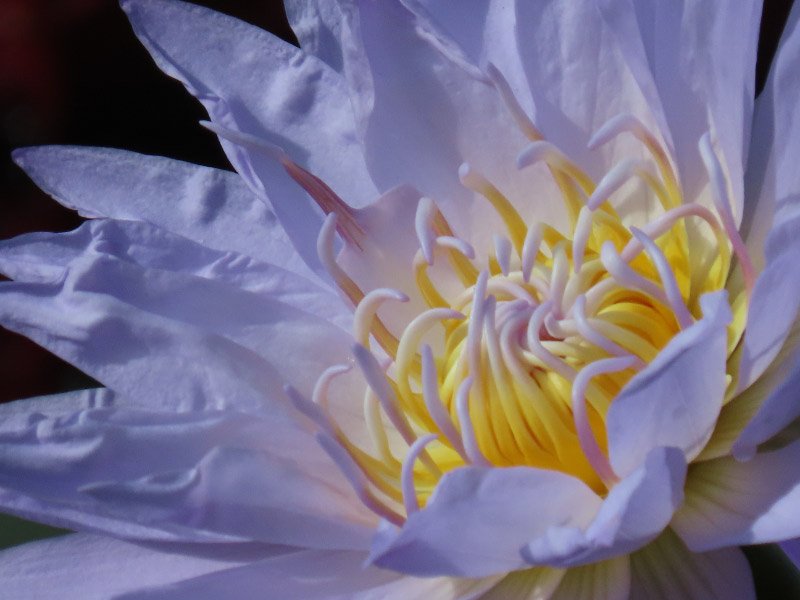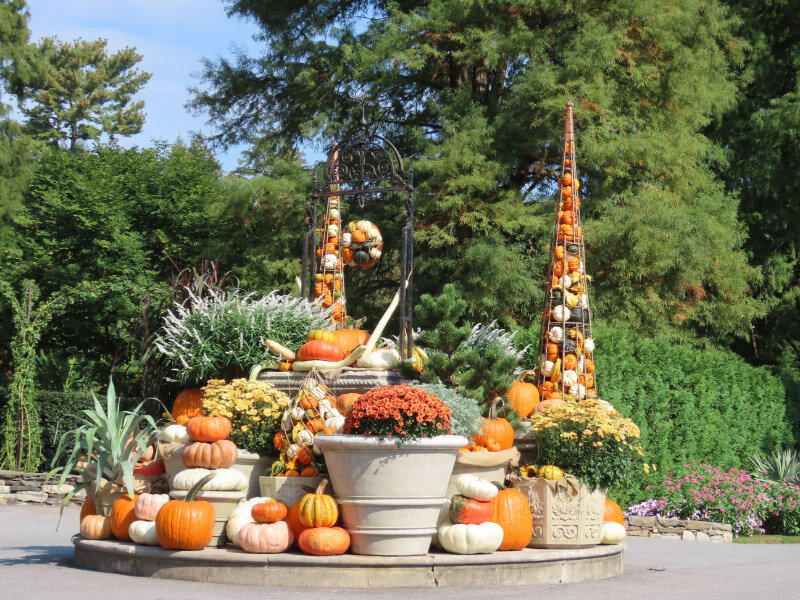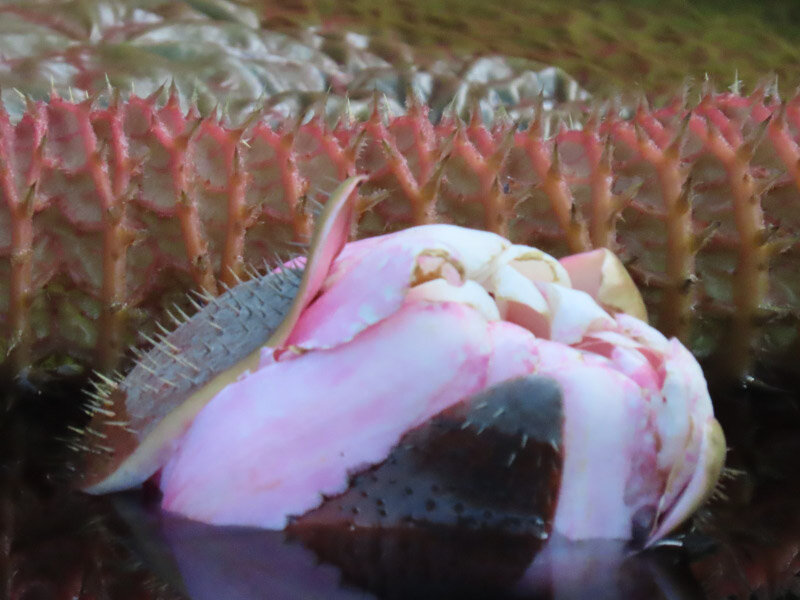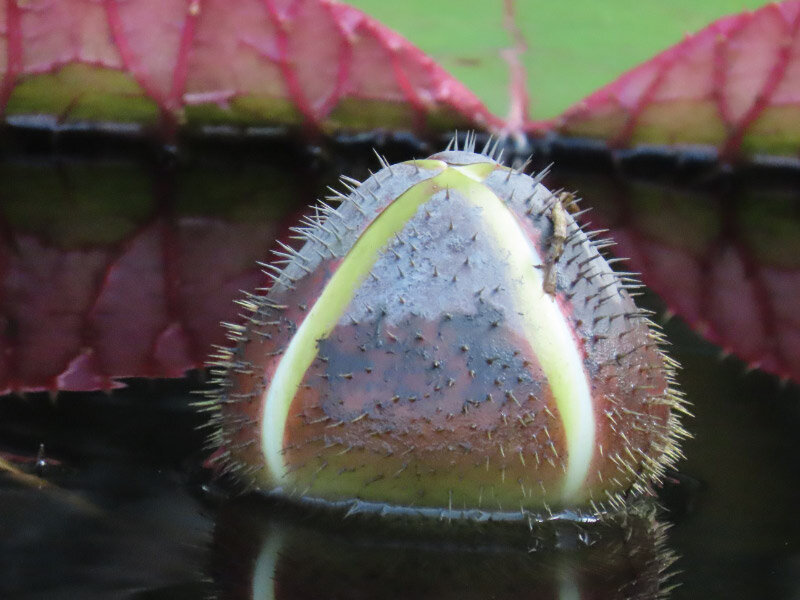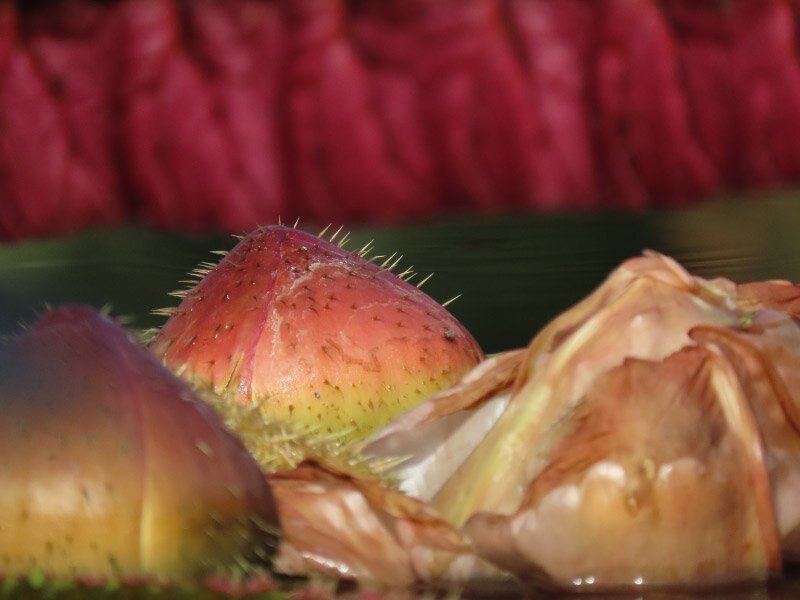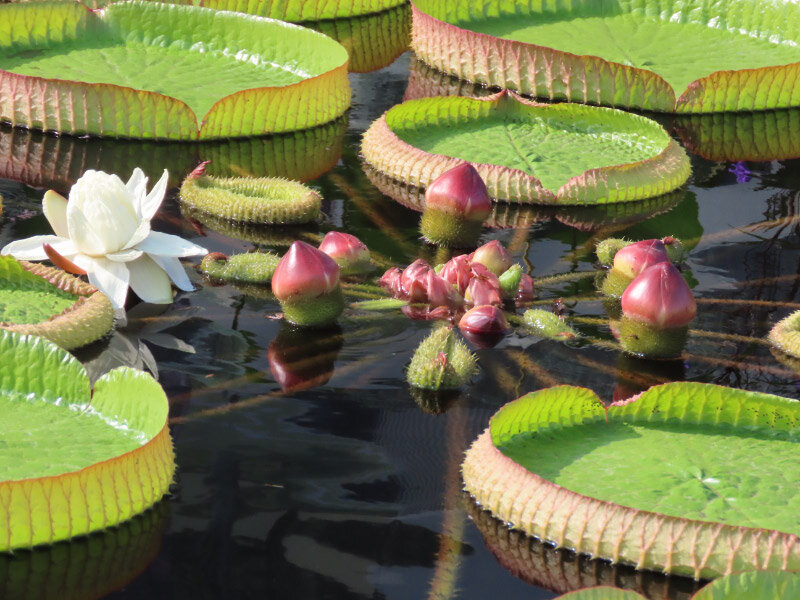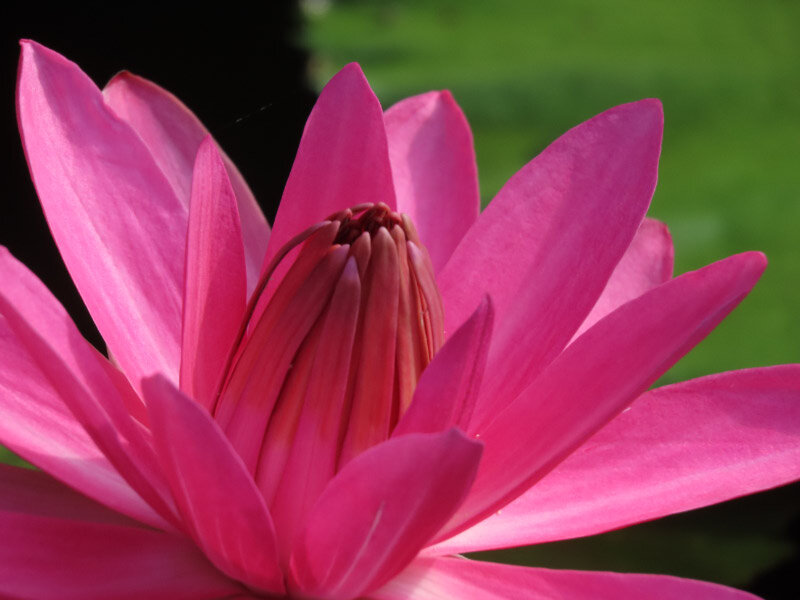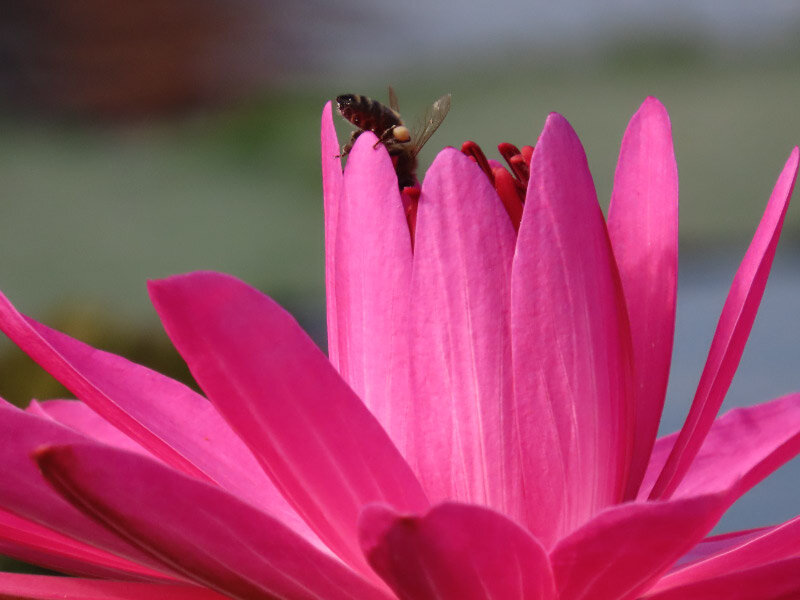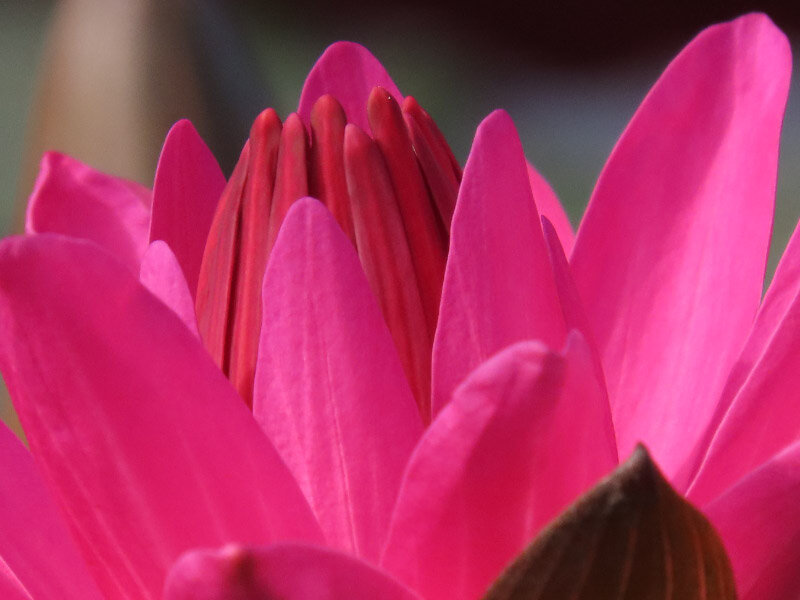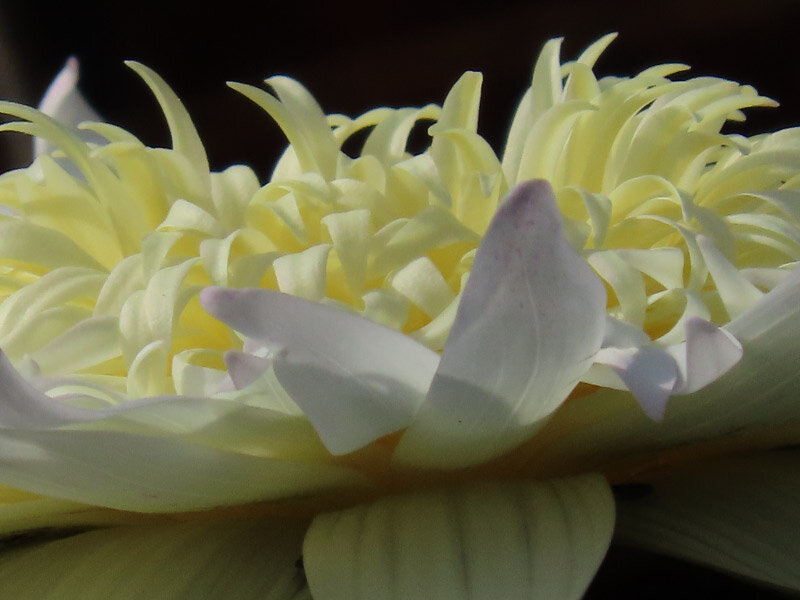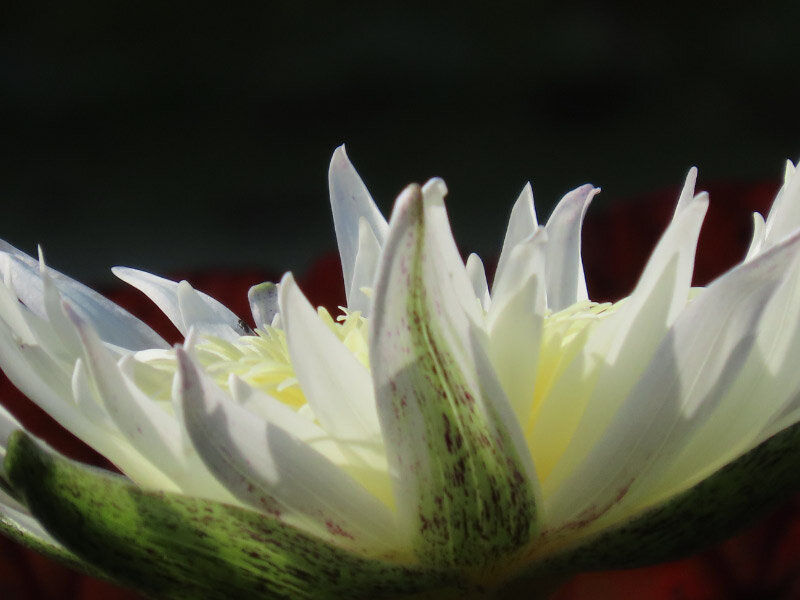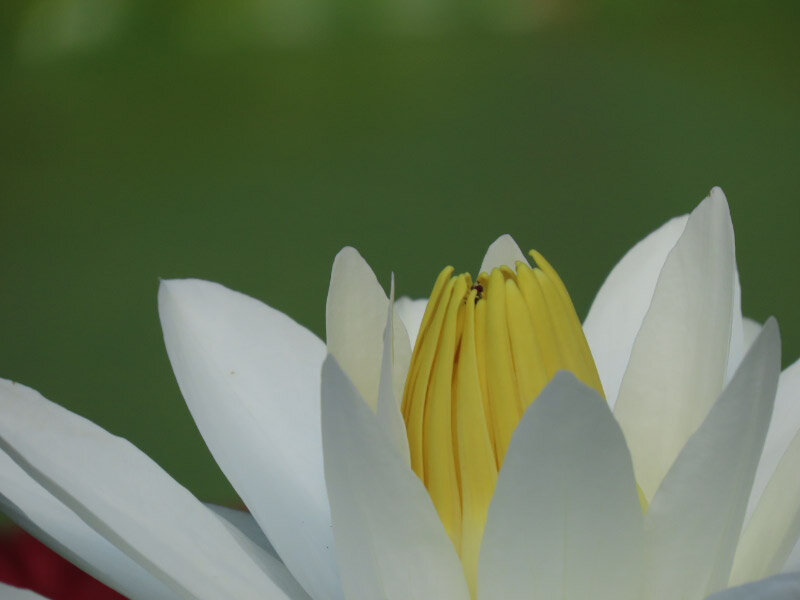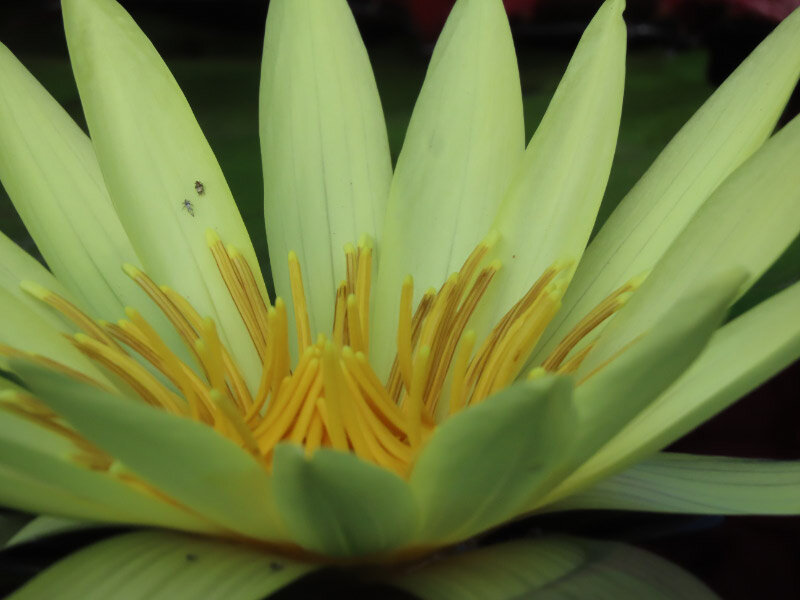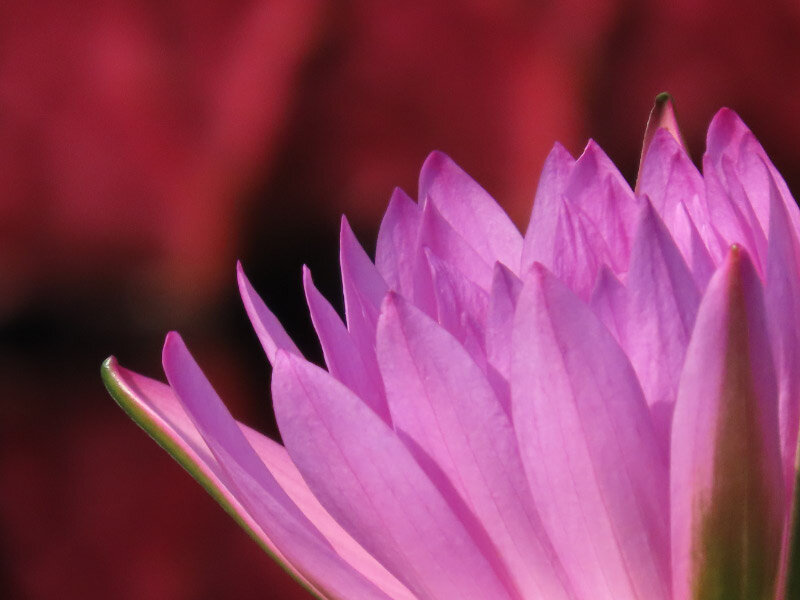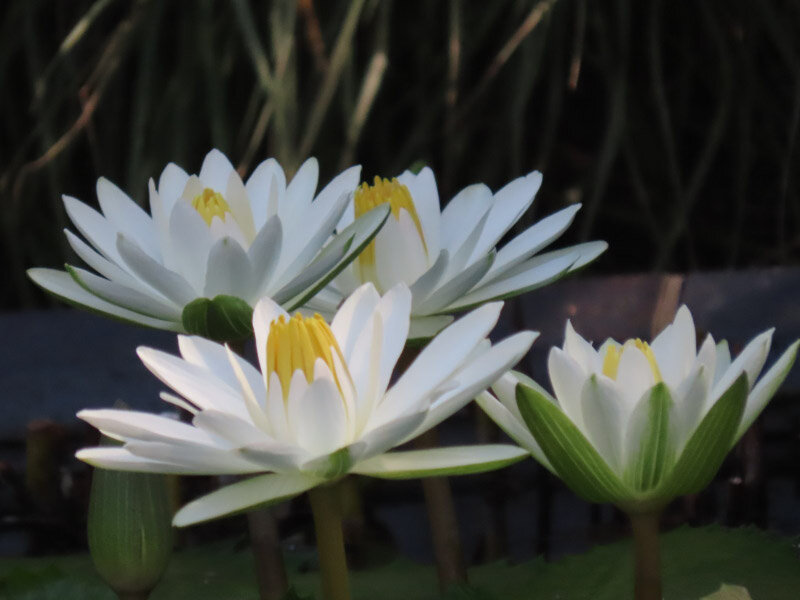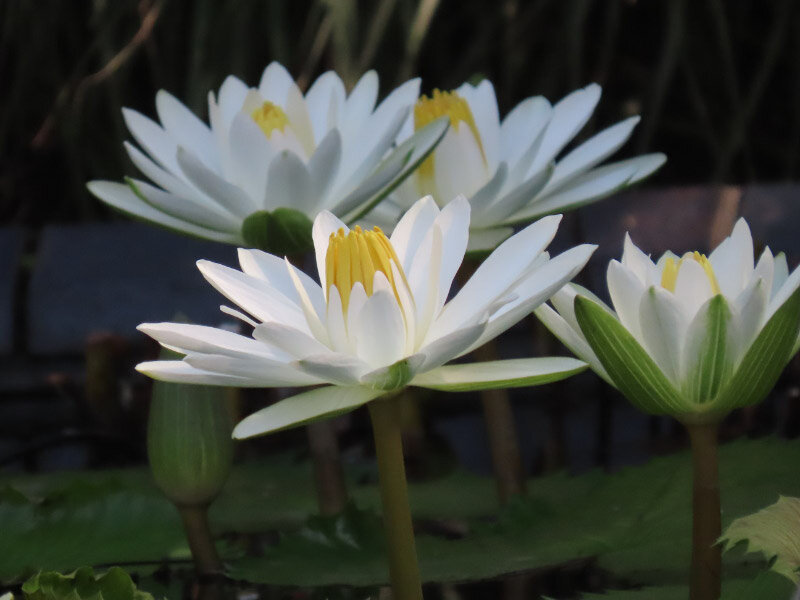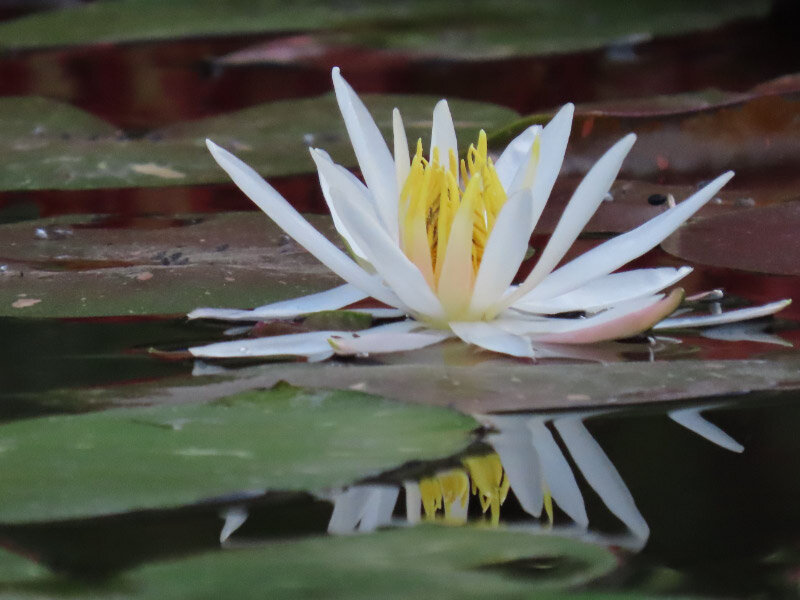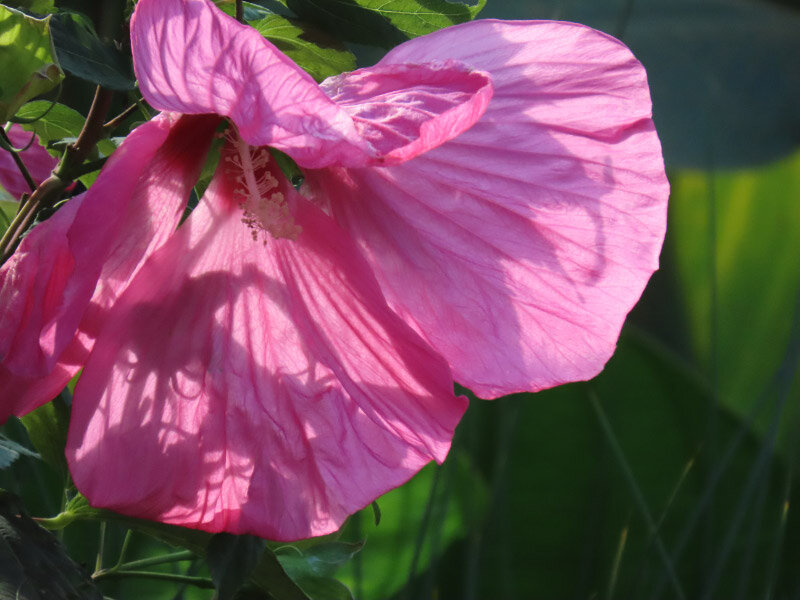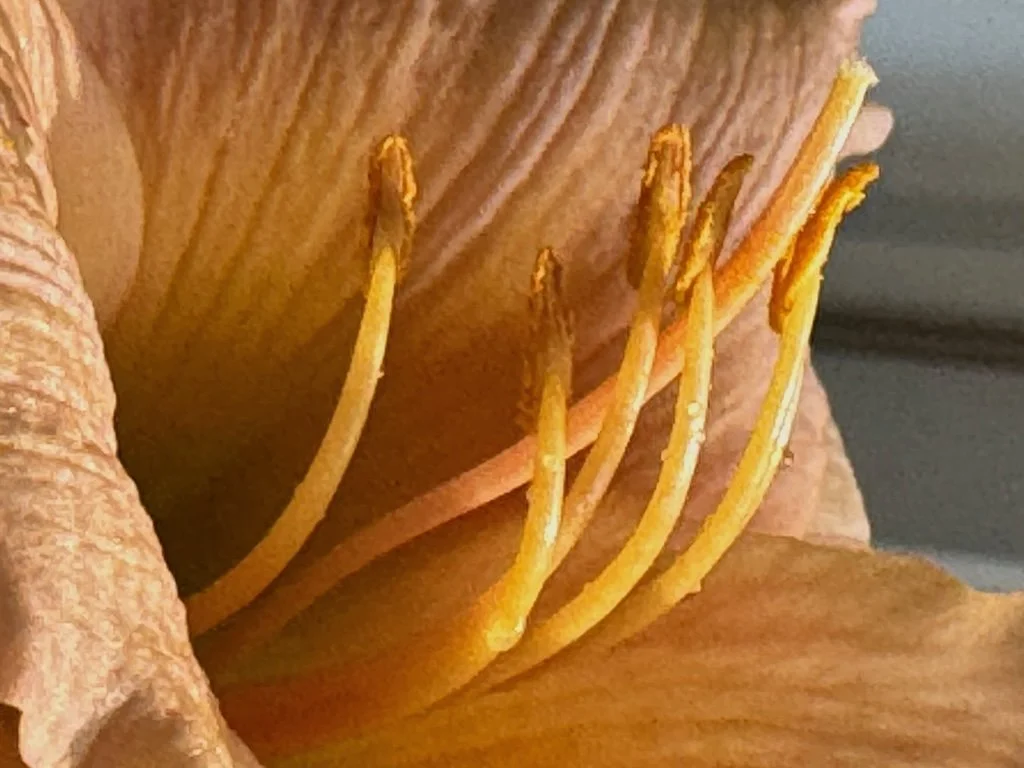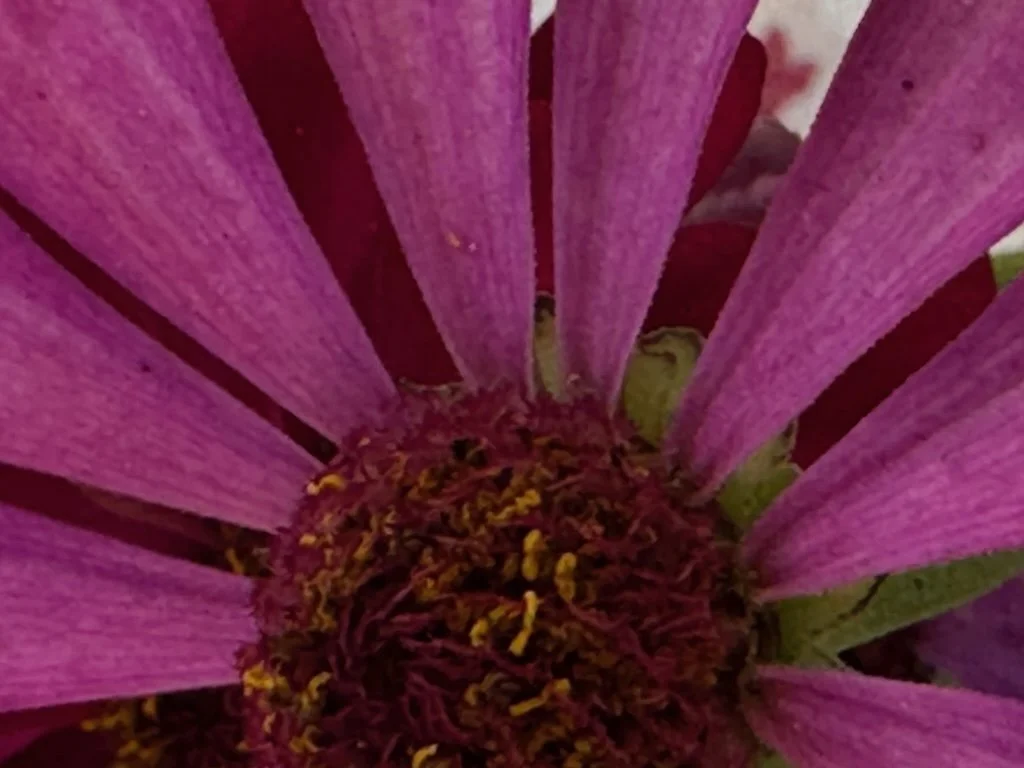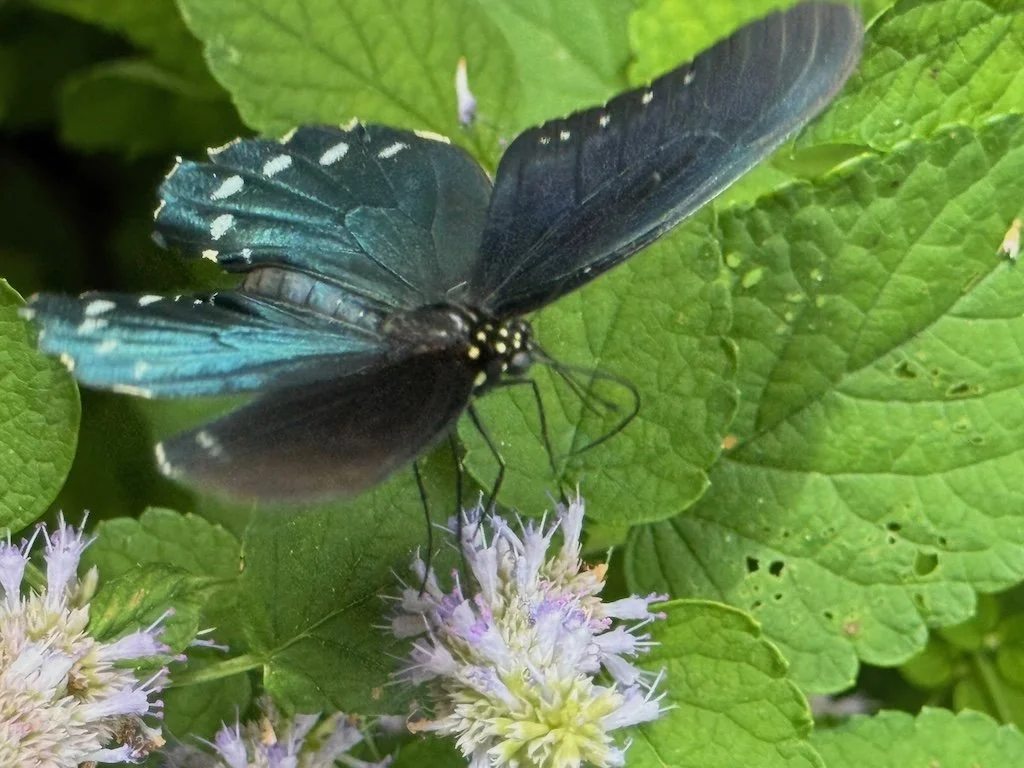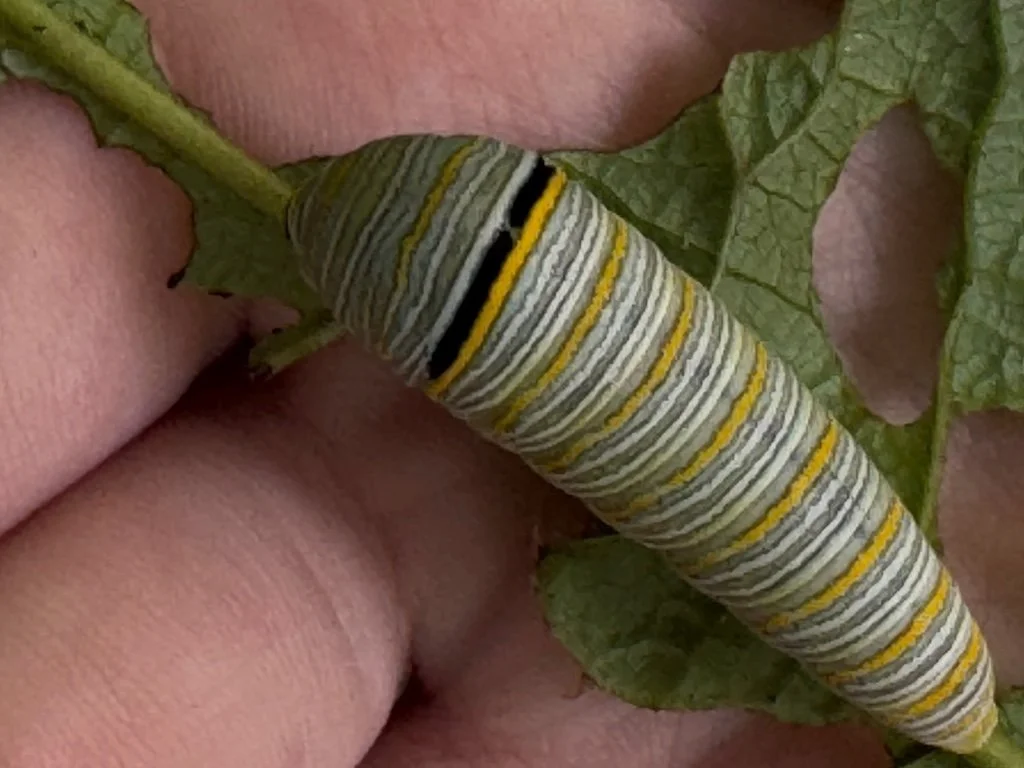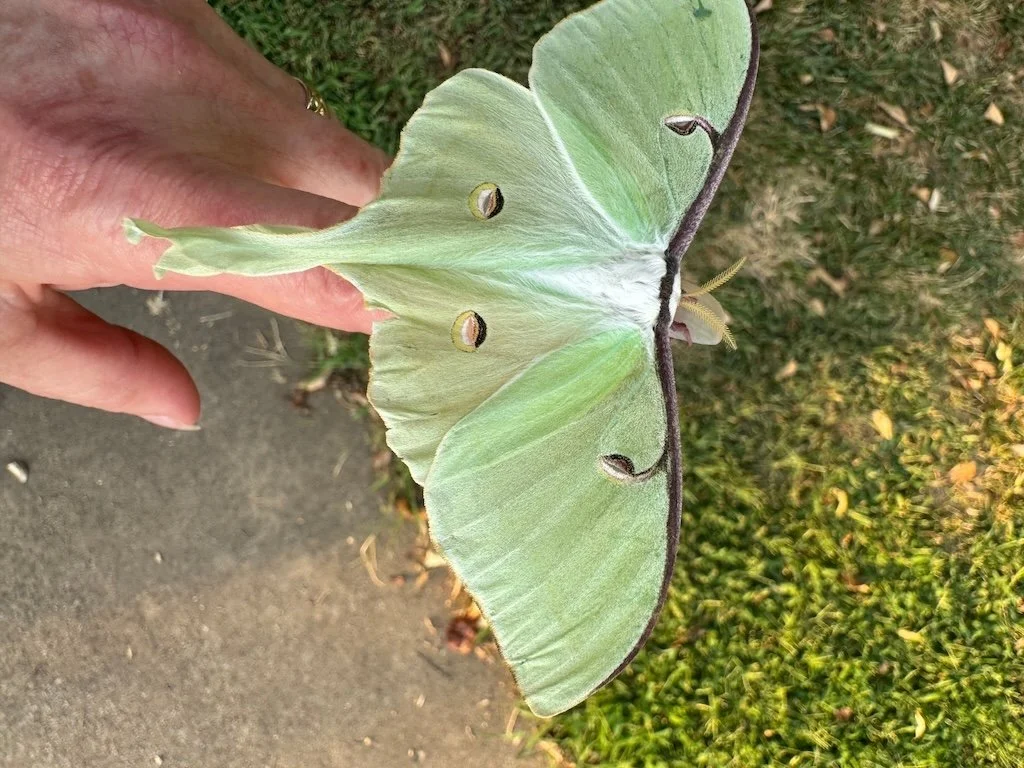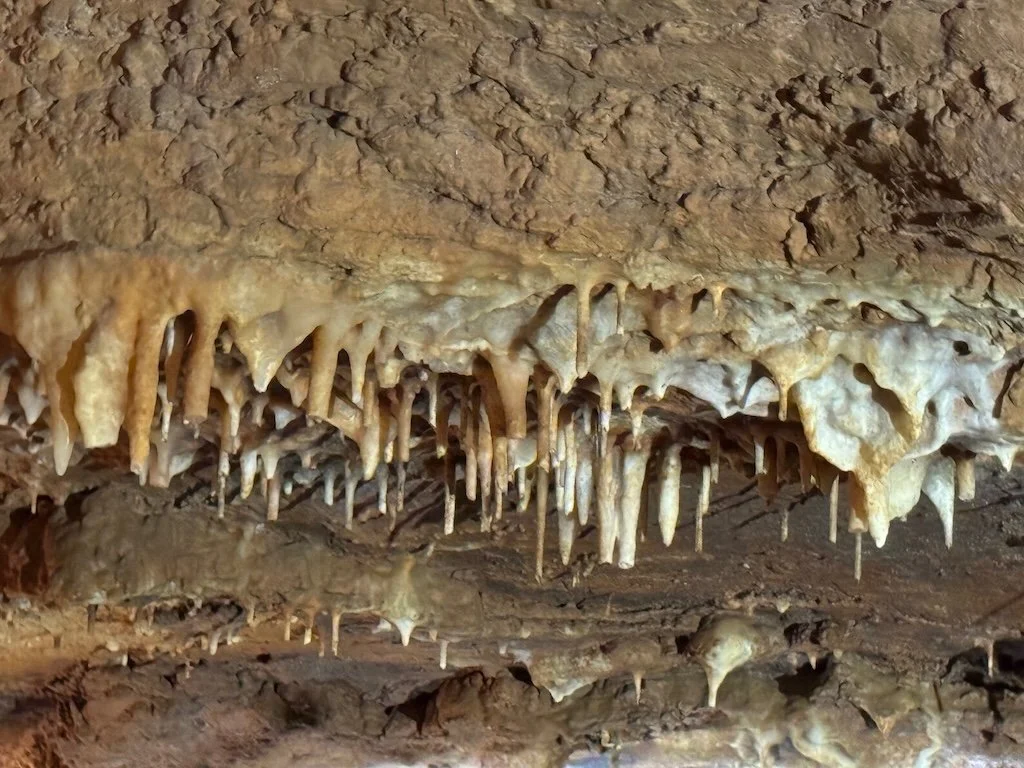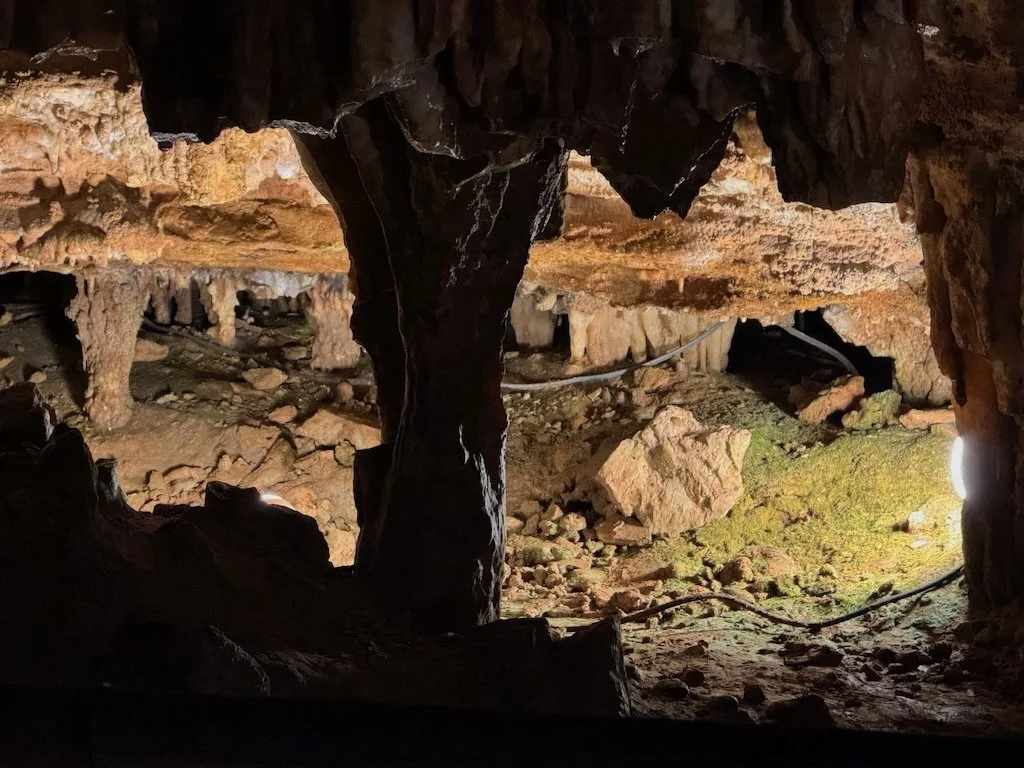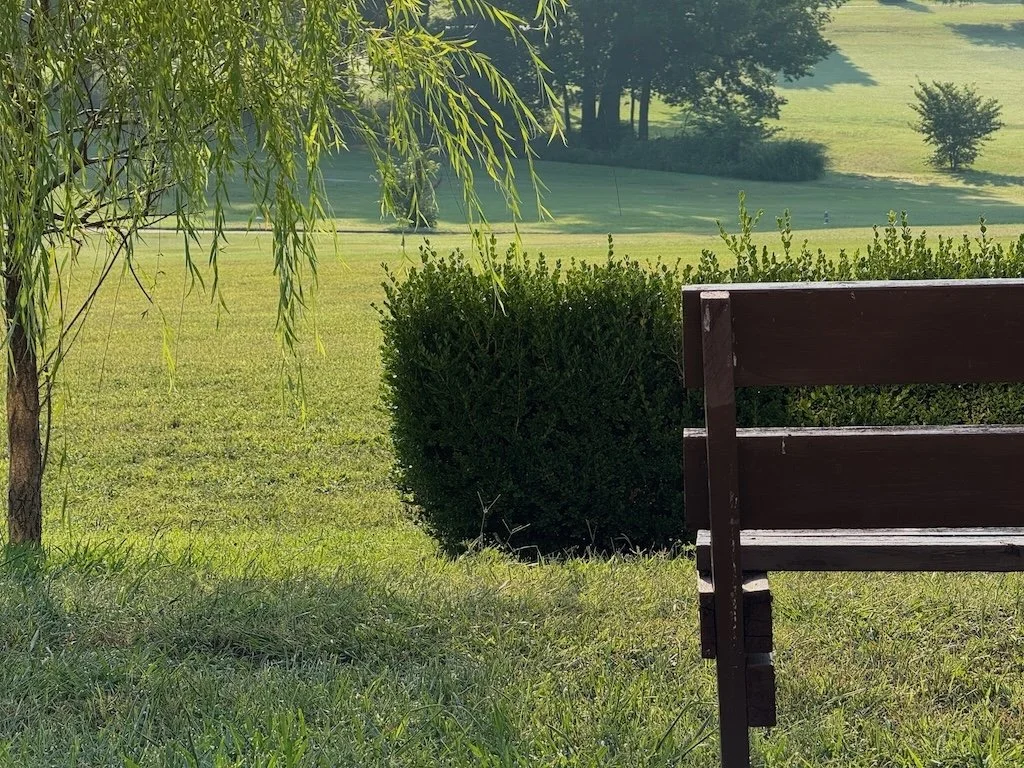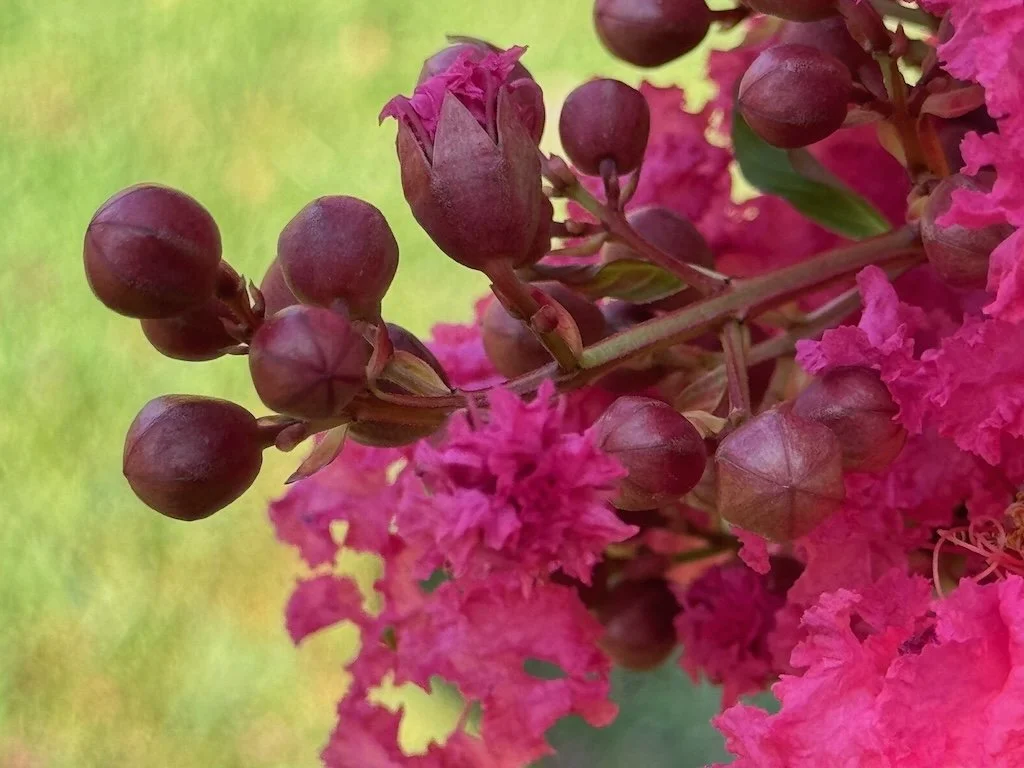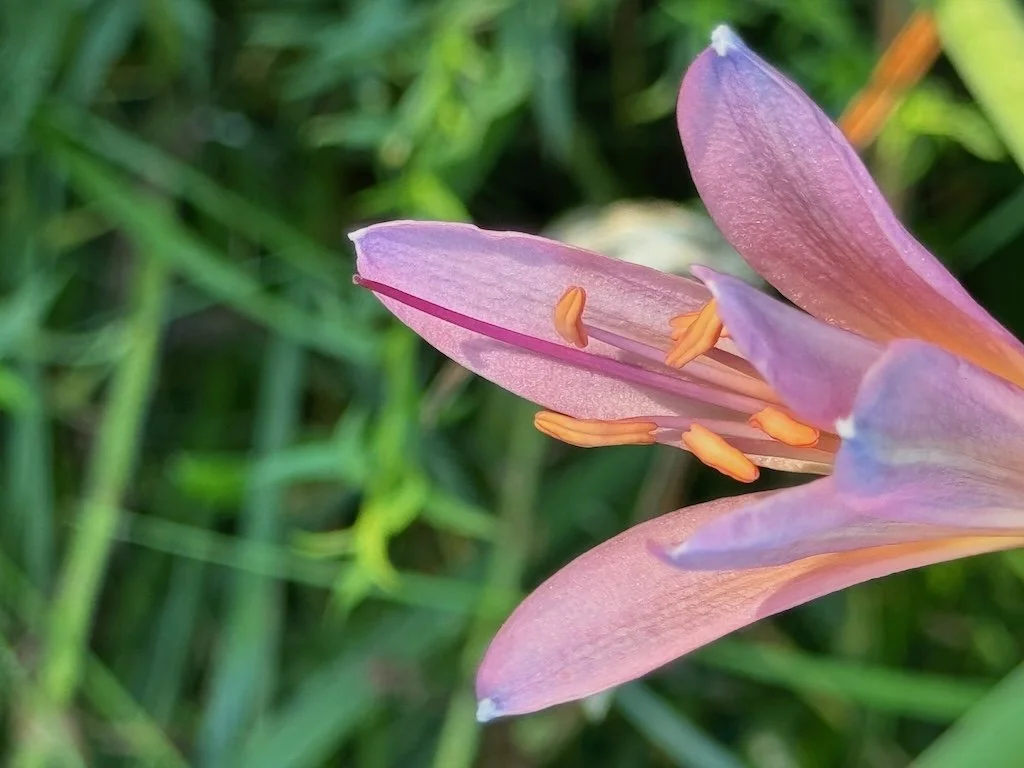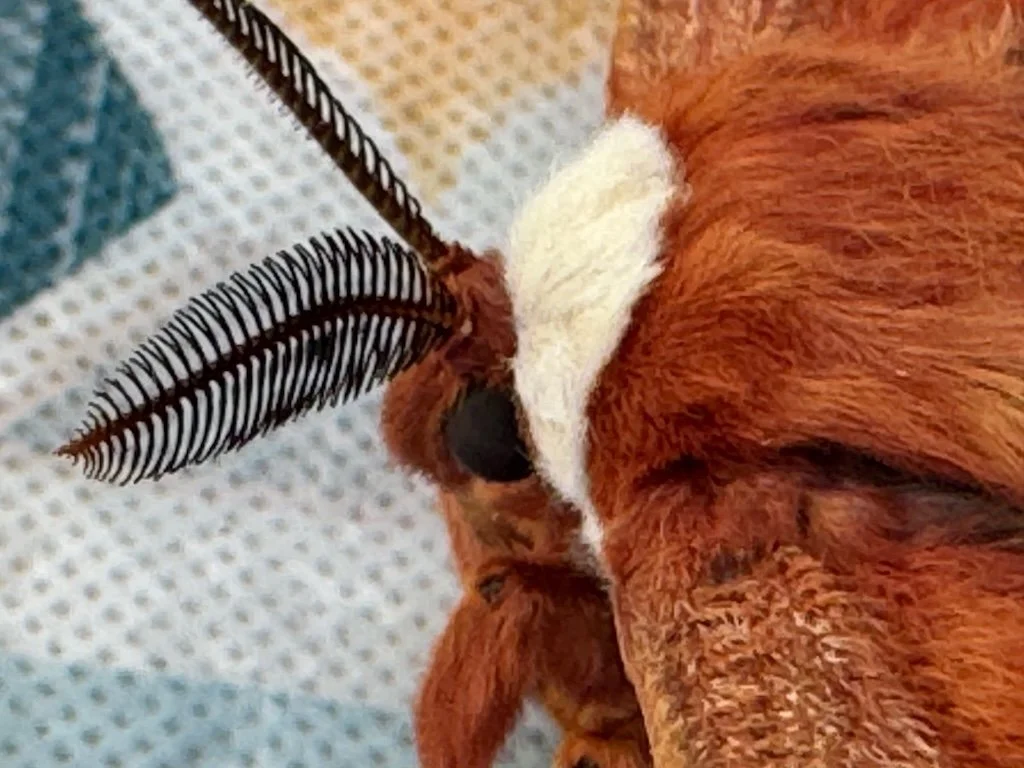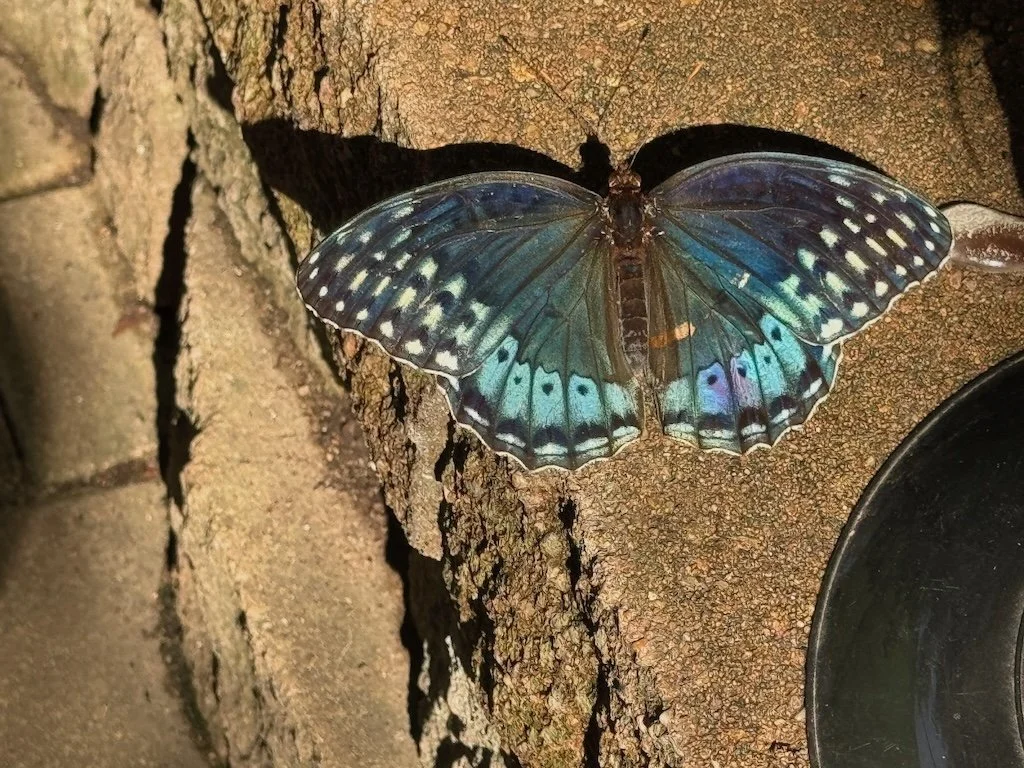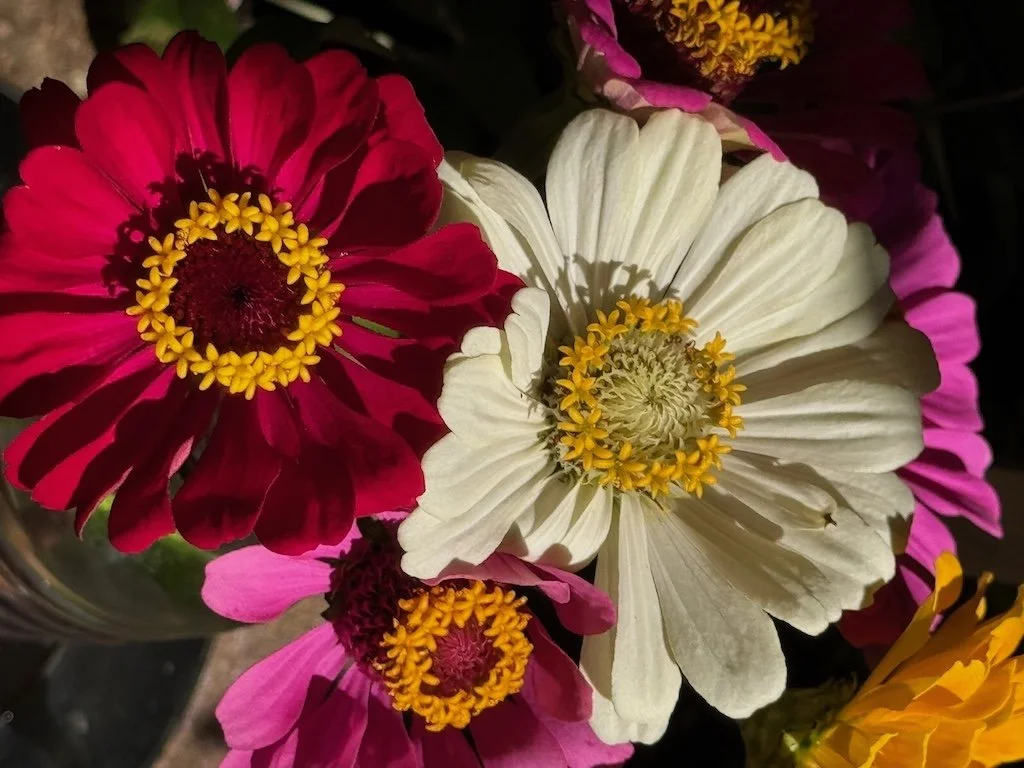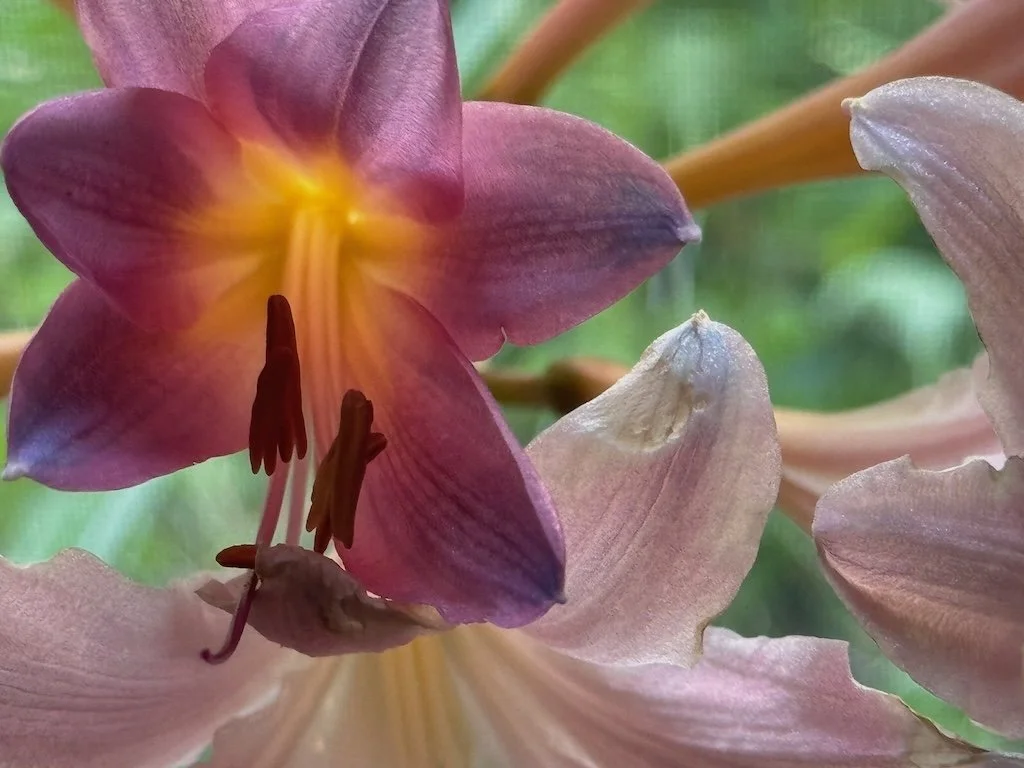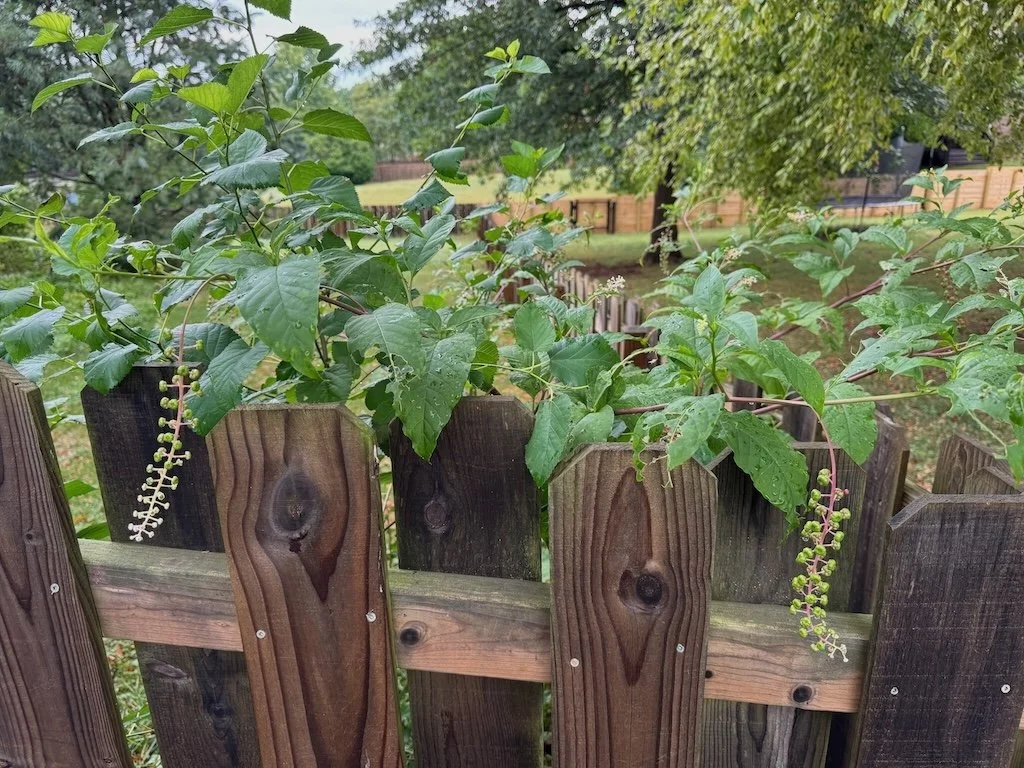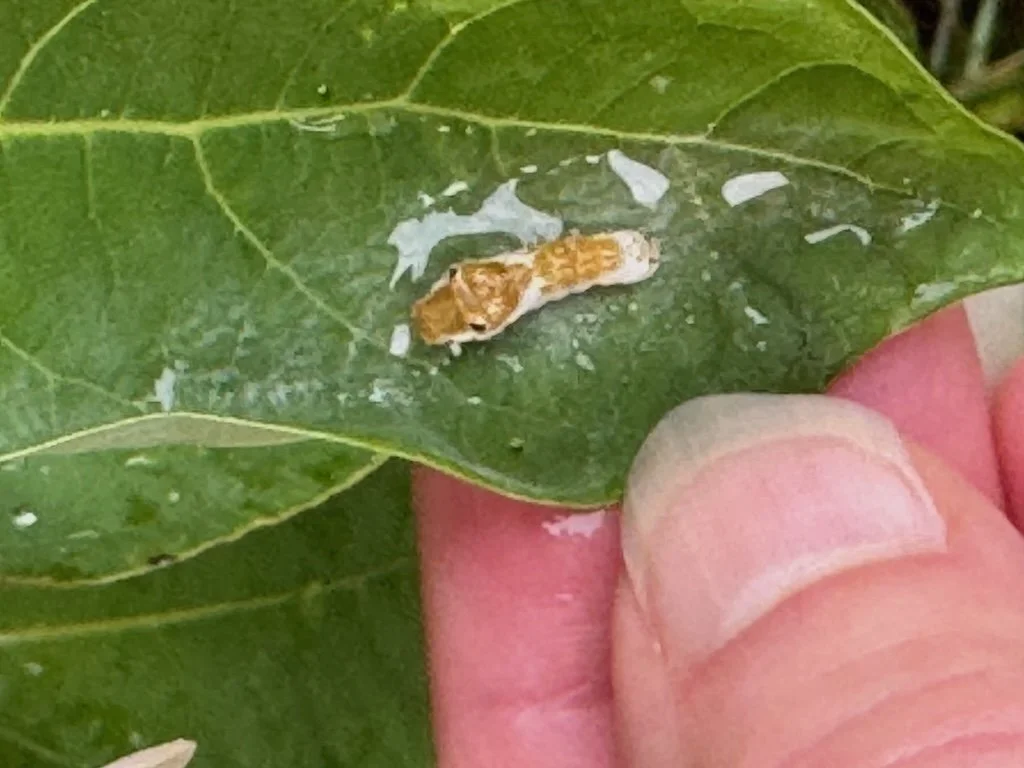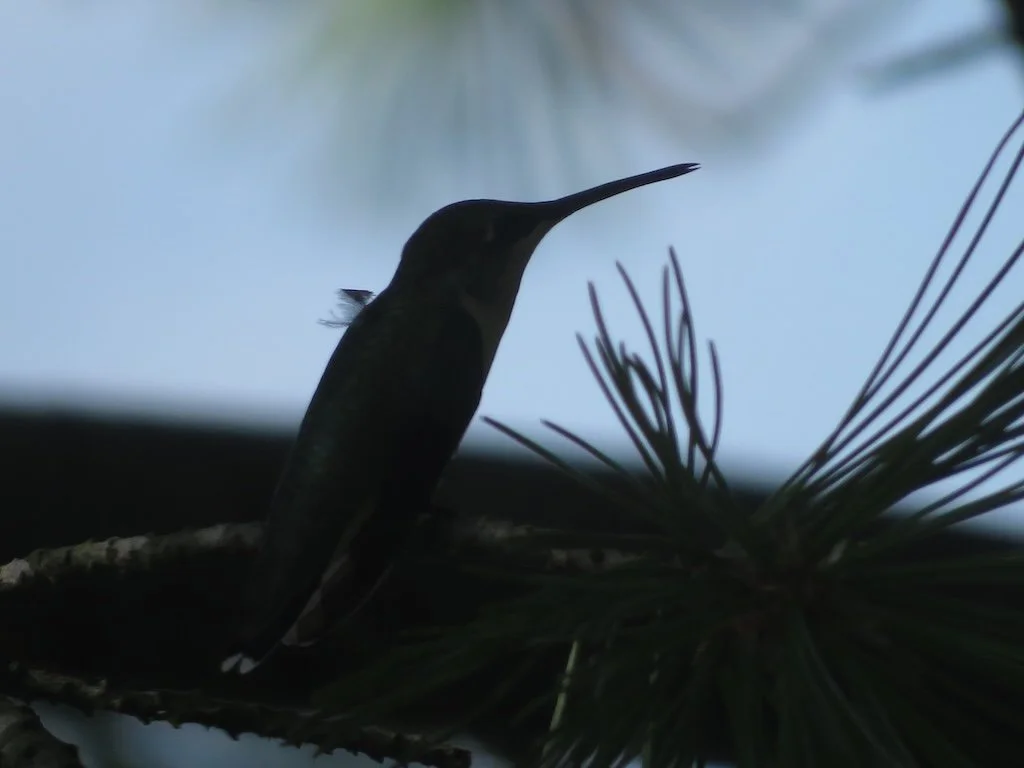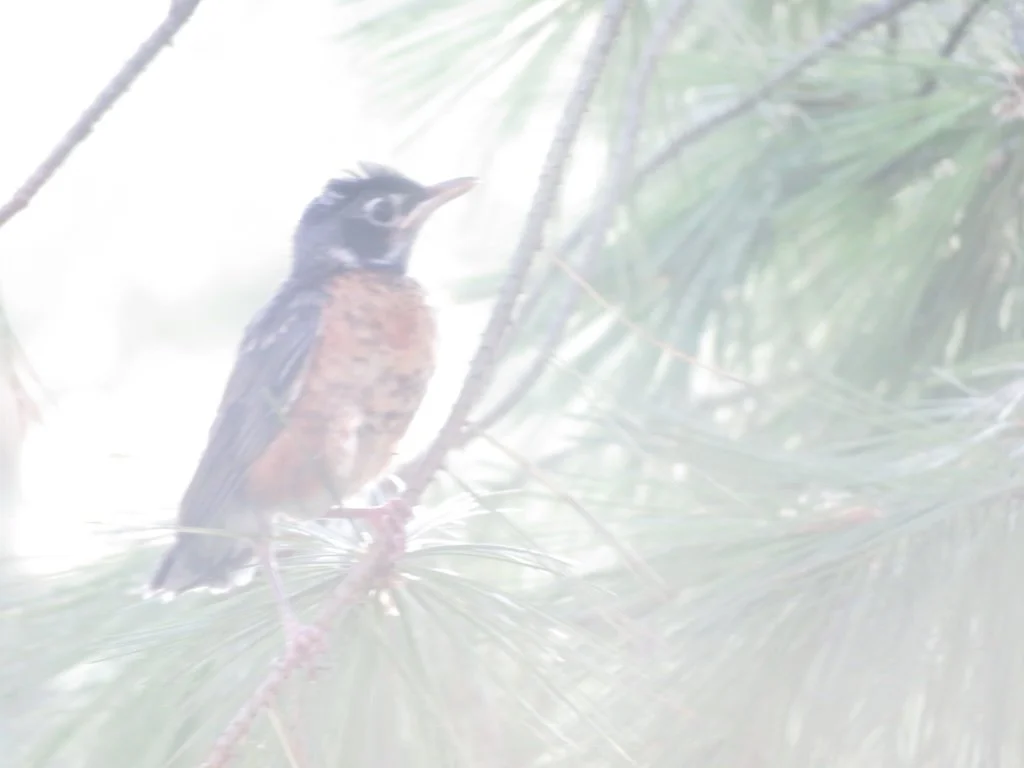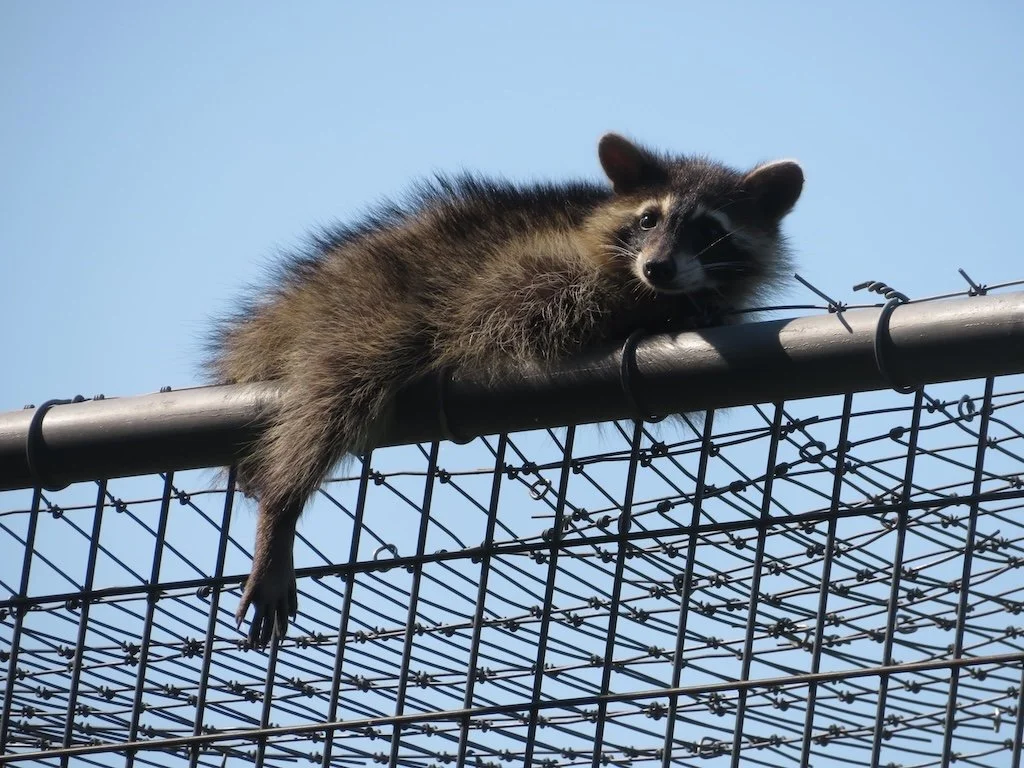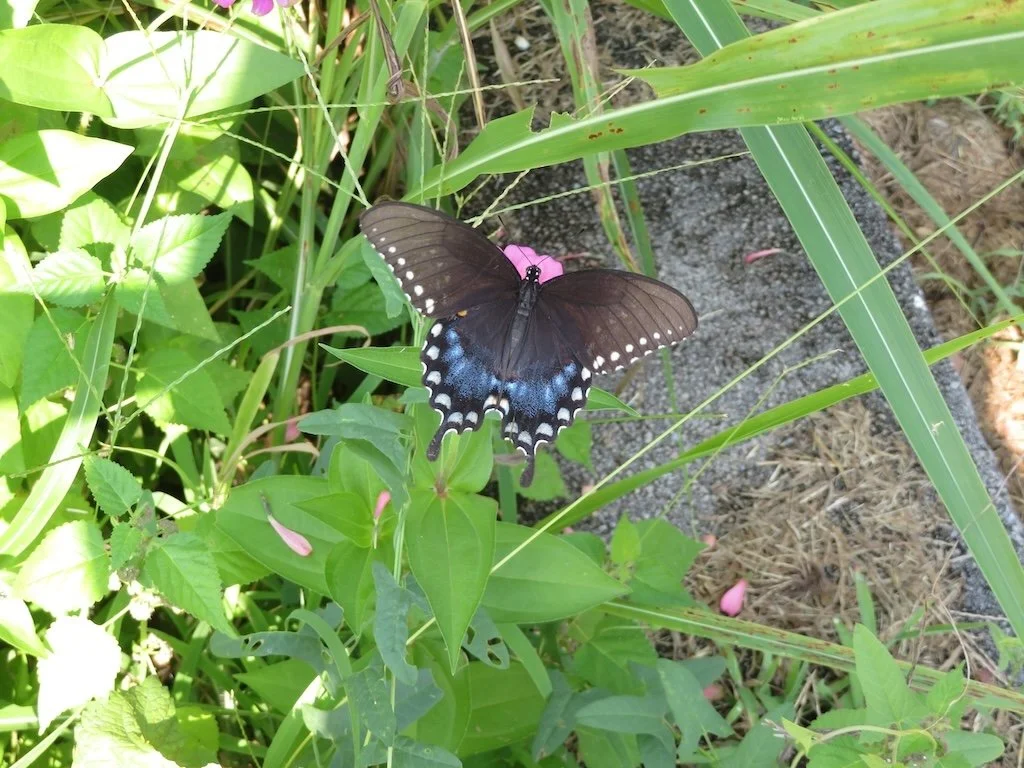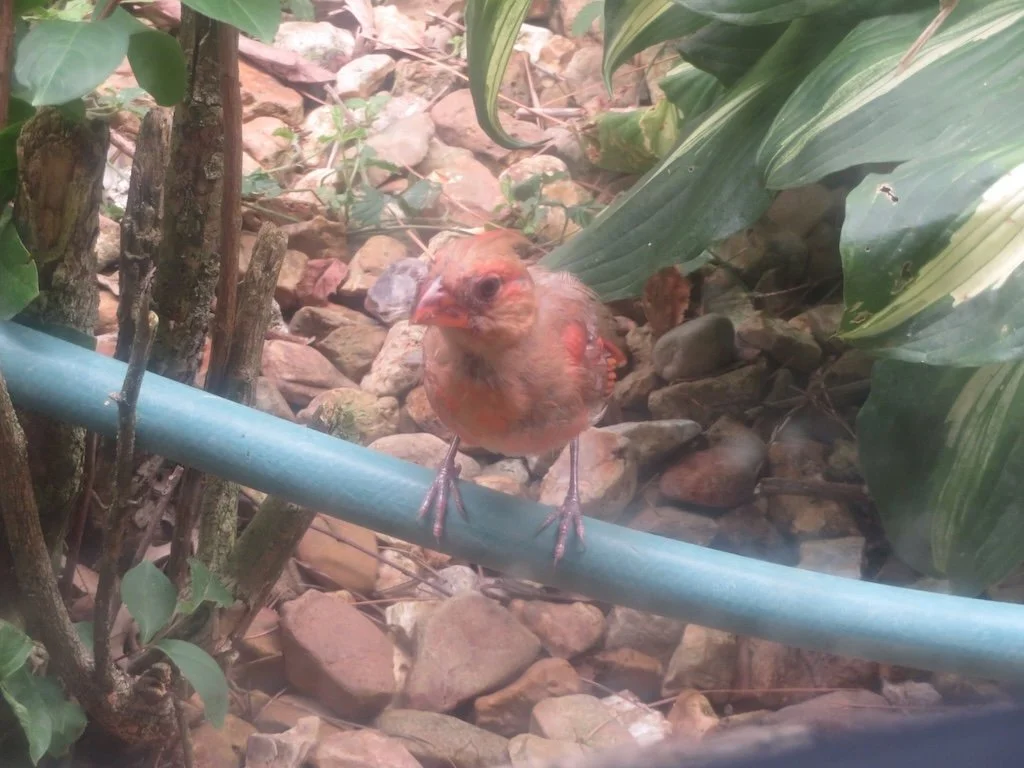Gleanings of the Week Ending November 27, 2021
/The items below were ‘the cream’ of the articles and websites I found this past week. Click on the light green text to look at the article.
Lots of wonderful photography posts to enjoy this week: Winners of the Weather Photographer of the Year Contest Celebrate the Beauty of Nature, West Coast Landscape Photographer Perfectly Captures the Region’s Magical Vistas, Awe-Inspiring Winners of the 2021 Natural Landscape Photography Awards, and Photographer Zooms in on the “Hidden Beauty” of Small Seeds and Fruits – Not sure why there seemed to be so many of these in my feeds this week….
What is Play-Doh made of? – Thinking of toys this time of year….play-doh is something that has been around a long time. We don’t have any young children in our immediate family and I’m missing the joy of watching a child at play.
How your house will go carbon free – Efficiency and renewable energy. At least some of the technologies already exist and many can be retrofitted into existing houses.
Armadillos advance northward as temperature rises – I remember seeing armadillos years ago in Texas when we were camping….maybe we’ll be seeing them closer to Missouri and Maryland in the near future – although hopefully not digging up my yard.
Catching up on Top 25 birds of the week: Breeding and November 2021 – I am ready to do some birding…my husband registered us for a birding hike in a Baltimore hike in December and I hope the pandemic will wane enough that the birding festivals will be back in 2022.
Red, White and Green: Winter Colors in Arches are Awaiting You – My husband and I visited some of the Utah parks in October several years ago…and there was already a dusting of snow on some of the mornings and in the mountains. Maybe we’ll go in November next time.
California Condors Surprise Scientists With Two ‘Virgin Births’ – Maybe this happens in other species too. There was no way to verify the phenomenon before genetic testing became available.
Seeing Red: What the Color of House Finches Can Tell Us – House Finches are frequent visitors to our bird feeders. It was good to learn more about them from this blog post.
For women, greater exposure to estrogen in life may protect brain regions that are vulnerable to Alzheimer’s – This post left me wondering if estrogen mimics in our environment (i.e. pollution) might be protective as well…and, if so, will younger women be less likely to experience brain shrinkage after menopause than the older generations of women are experiencing.
Why mandatory vaccination is nothing new – A little history of vaccine mandates. I didn’t know that George Washington required all troops to be inoculated against smallpox in 1777!






